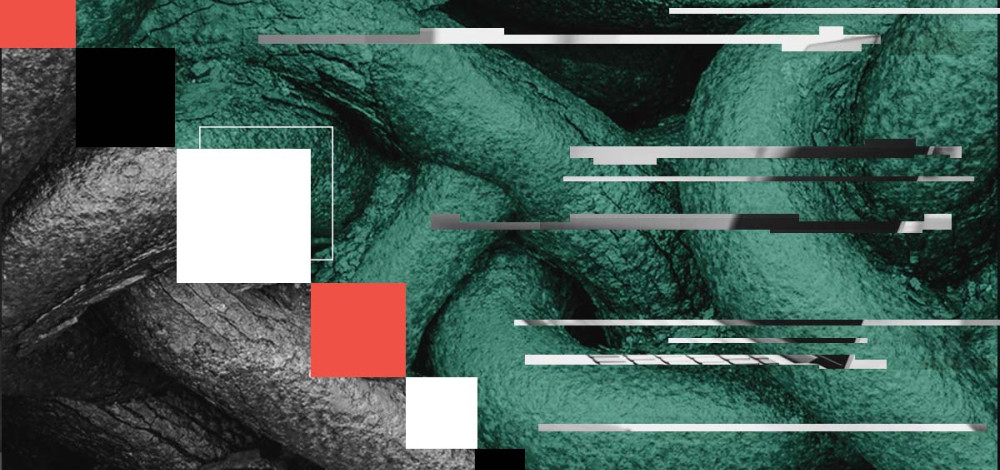Microsoft’s decision last year to block macros downloaded from the Internet by default in Office has had a number of interesting effects, most notably spurring malware authors to move to other file formats to deliver their wares. That shift has also had the effect of giving security researchers some additional insights into the ways in which attack groups build their tools and which groups might be working together.
In early 2022, Microsoft announced its intent to begin blocking downloaded macros in Office, a strategy designed to block one of the major vectors that cybercrime groups use to deliver malware. Macros have been a favored conduit for malware for many years and are especially popular in spear phishing campaigns that include a malicious Office file such as a Word document or Excel sheet. Although many organizations have macros disabled as a matter of policy, attackers will use context lures and other techniques to goad victims into enabling them, which in turn allows the delivery of whatever malware is embedded in the Office file.
Many groups have used this tactic in the past, including the Emotet gang, and after Microsoft announced its plan to block macros, those groups began to use other file formats in their campaigns. Among the more popular formats these groups turned to are LNK files, ISO images, and MSI files. LNK files, which are essentially shortcuts, have emerged as the most popular of these in the last few months, and some cybercrime groups use third-party tools to build their malicious LNK files. Some builders typically include some metadata in the files they produce, but many of the tools cybercrime groups utilize delete the metadata to help prevent any connections to the machine the LNK was created on.
Researchers with Cisco Talos recently looked at the output from various LNK builders to see what metadata they include and found that one tool that does not wipe metadata is Quantum Builder.
“Looking at the Quantum Builder example, it’s possible to see attributes which identify the Disk and Machine where the LNK was created. It’s also possible to notice the access/modify/creation times have inconsistencies which point to some template file being used as a base for the tool output. This information in the LNK files can prove extremely valuable when it comes to tracking specific threat actors in the wild,” Guillherme Venere of Cisco Talos said in a post on the research.
Talos then looked at the payloads used by some prominent cybercrime groups and found some artifacts that allowed them to link some of the recent campaigns by Qakbot actors to specific machines and also find a connection between the Bumblebee malware and Qakbot and IcedID, a common malware dropper. One recent Qakbot campaign, known as AA, used LNK files that have direct correlation to files used in a campaign that delivered the Redline malware.
“The metadata in these samples indicate they were created on a machine with Drive Serial # “0x2848e8a8”. Looking at VT for this serial we found samples that were both related to the AA campaign, and linked to other malware,” Venere said.
The researchers were able to use the same metadata analysis techniques to establish links between some files used in recent IcedID and Bumblebee campaigns. Those files all had the same drive serial number attached. A similar correlation appeared between some files used in Qakbot and Bumblebee campaigns from last year.
“In the cyber threat landscape, any new information on the adversary could be critical toward improving defenses,” Venere said.

